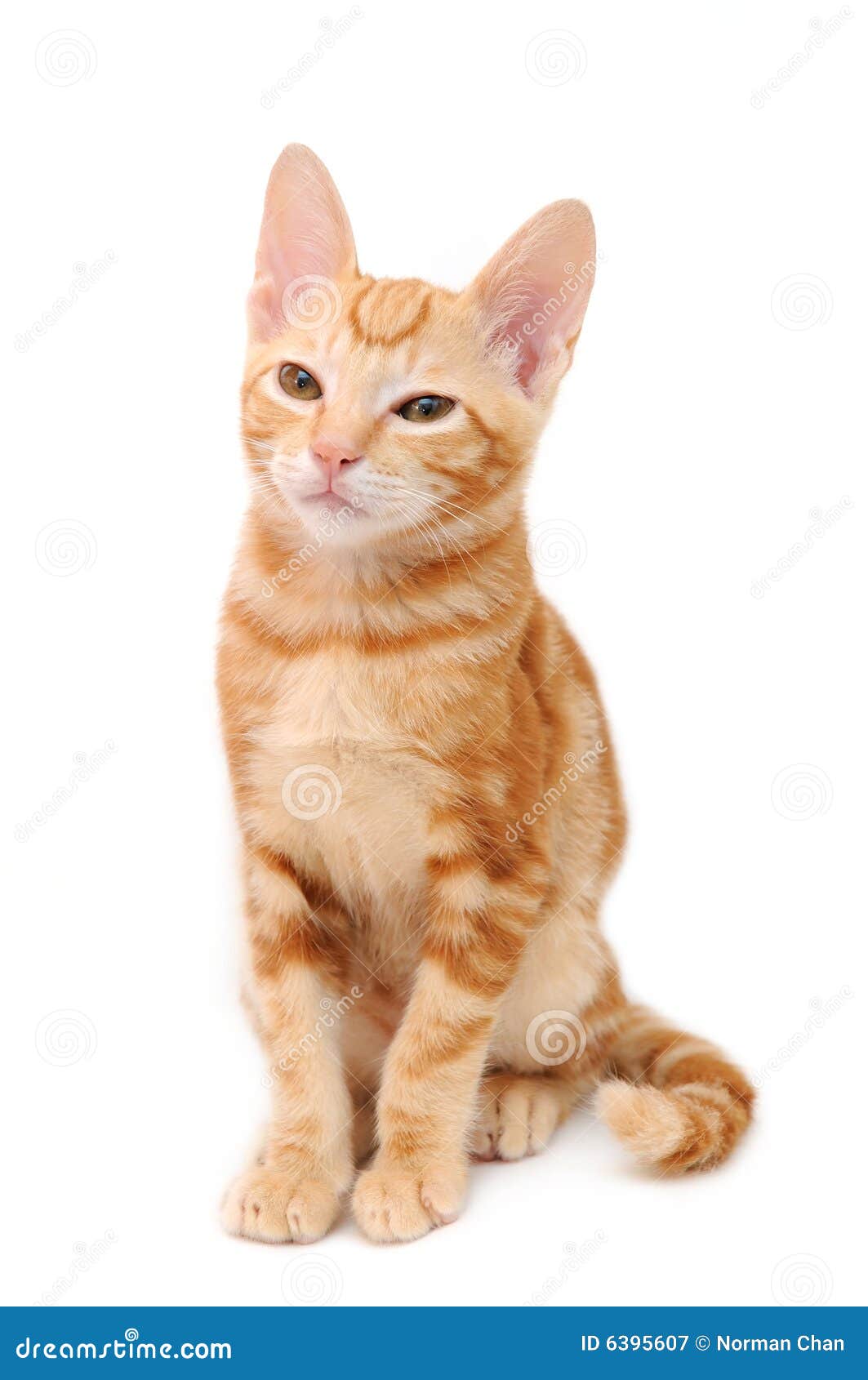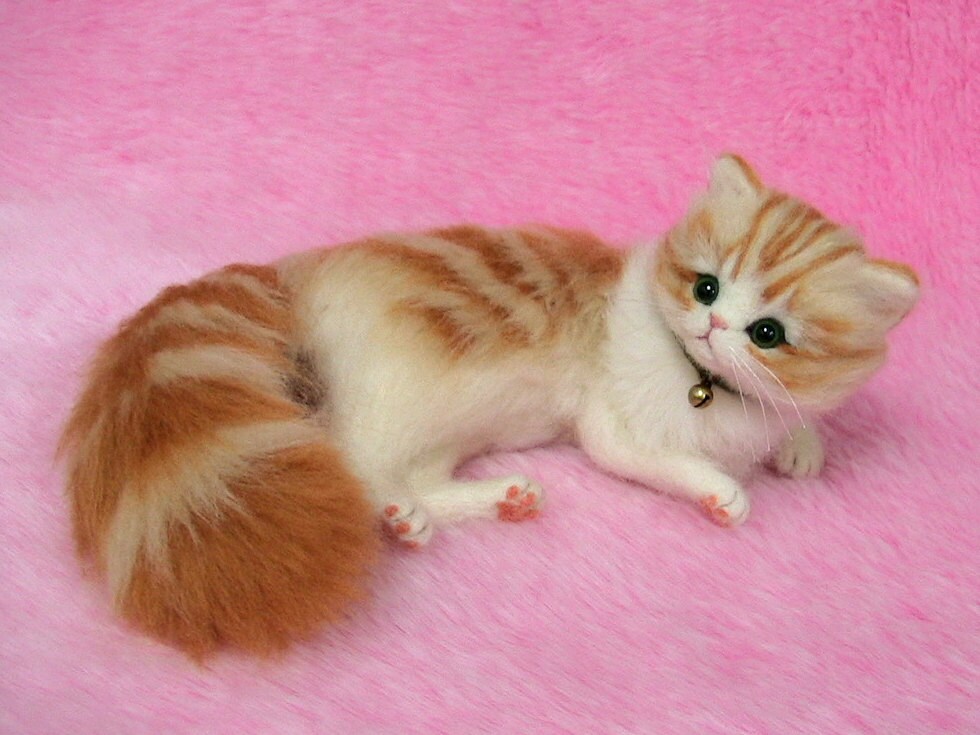
However, it canalso be a sign of anxiety, annoyance, or agitation.įor example, if a cat is watching a bird outside the window, they may twitch their tail with excitement and anticipation. When a cat twitches their tail, it can be a sign of excitement, anticipation, or interest. This behavior is similar to tail lashing but is less intense and can be a sign of both positive and negative emotions. If you notice your cat lashing their tail, it’s important to pay attention to their other body language and determine what they are trying to communicate.Īnother behavior that can indicate mixed emotions is tail twitching.

For example, if a cat is feeling anxious or scared, they may lash their tail as a way to signal that they need comfort and reassurance. However, tail lashing can also be a way for cats to communicate their needs and seek affection from their owners. This behavior can be a sign of frustration, aggression, or anxiety. One of these behaviors is tail lashing, which occurs when a cat rapidly moves their tail back and forth. While many tail behaviors are associated with affection, there are also some that can indicate negative emotions such as fear or anger. When a cat’s tail shows mixed emotions Tail Lashing Similarly, if two cats are greeting each other for the first time, they may rub their tails together as a way to get to know each other and establish a sense of trust. Photo: © Yana Mirta/įor example, if a cat rubs their tail against their owner’s leg, it can be a sign that they feel safe and comfortable in their presence. This behavior can be a way for cats to exchange scents and establish a sense of familiarity and comfort.Ĭats will show affection by rubbing their tales on people they are comfortable with. When a cat rubs their tail against another cat, a person, or an object, it’s often a sign of friendliness and bonding. Tail Rubbingįinally, cats may show affection through tail rubbing. Similarly, if one cat is feeling anxious or stressed, they may seek comfort by wrapping their tail around another cat to help them feel more secure. When one cat wraps their tail around another, it’s often a sign of comfort and relaxation.įor example, if two cats are sleeping together or cuddled up next to each other, they may wrap their tails around each other as a way to feel closer and more connected. This behavior can be a way for cats to bond and establish a sense of trust and companionship.

Similarly, if a cat is snuggled up next to their owner on the couch, they may twine their tail around their owner’s arm or leg as a way to bond and feel close.Ĭats also use their tails to show affection by wrapping them around other cats. Photo: © nataba/įor example, if a cat is in a new environment or meeting a new person or animal for the first time, they may twine their tail around their owner’s leg or a nearby object to help them feel more at ease. Cats will show affection towards each other by touching tails.


 0 kommentar(er)
0 kommentar(er)
